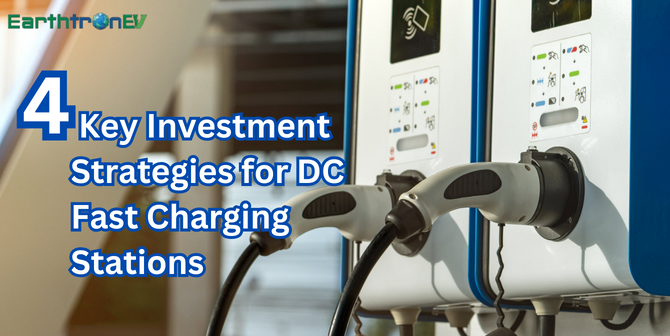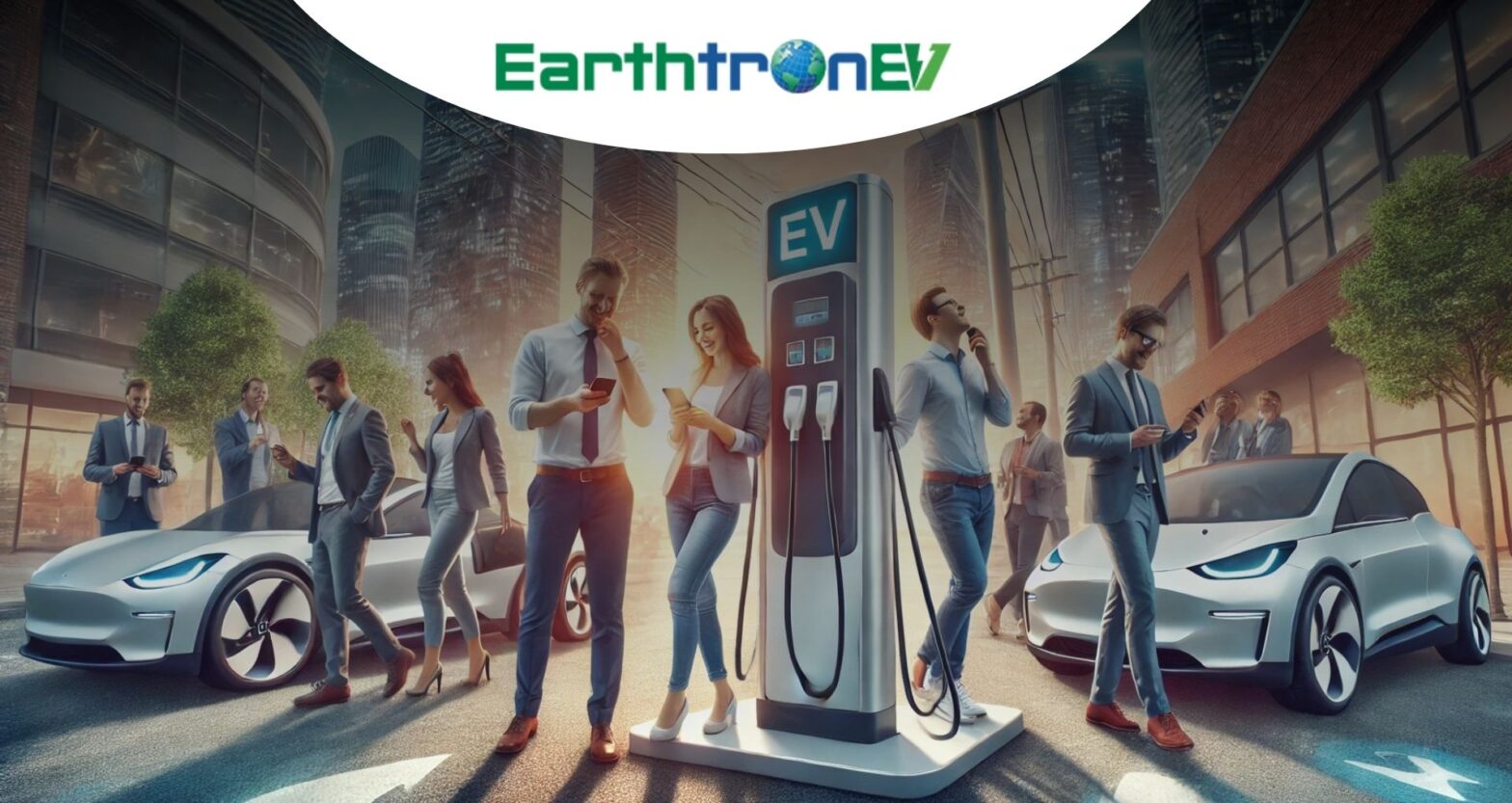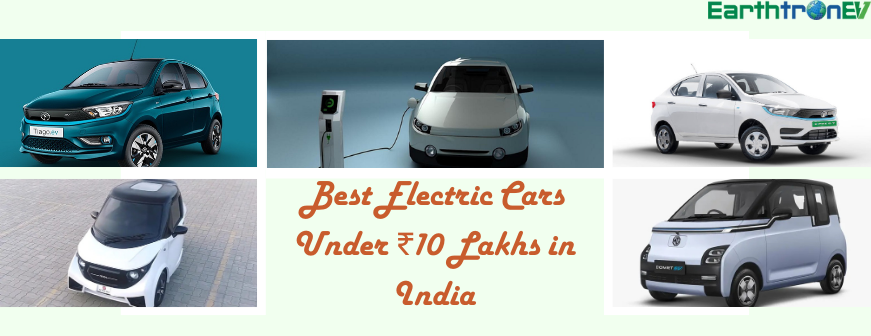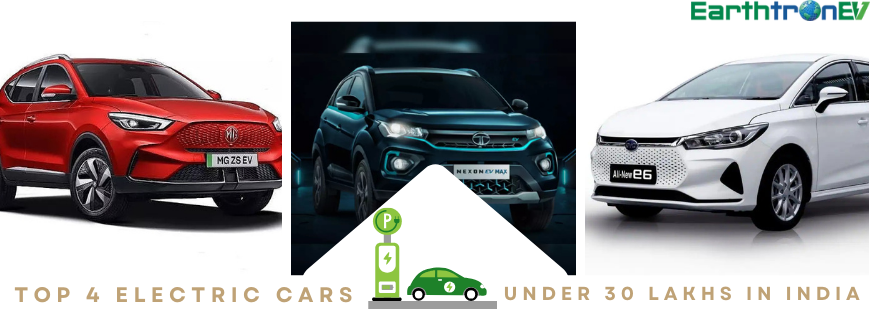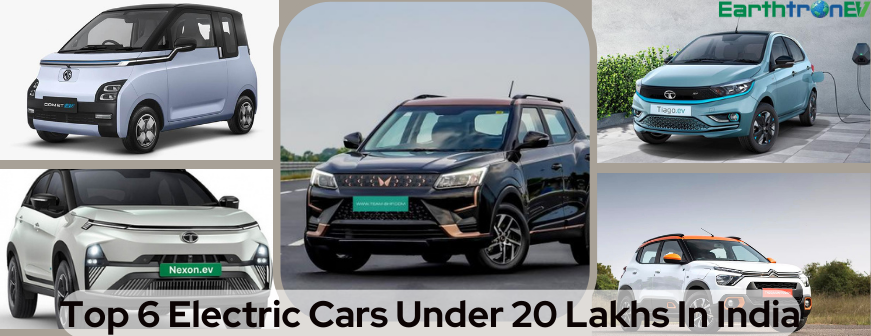Why should you invest in DC fast charging?
Gone are the days when 50kW power output impressed early adopters of EVs. But now, even level 3 charging stations can deliver many more power outputs. Some are even able to provide 400kW power charging stations. This enables the EV drivers to replenish the power to cover 300 km in just 15 minutes. This reduces the fear of running out of charge in the middle of the journey, attracting more people to buy electric vehicles. So not only EV industries but also fast charging stations will have a high demand in the future. Investing in DC fast charging stations is a good plan for the future.
You can use the following four strategies to enter the DC fast-charging market.
- Direct ownership
- Leasing
- Charging as a service
- Partnered shareholding
Direct ownership:
This is the most straightforward strategy of all. In this investment, you purchase the land, the charging infrastructure, DC charging units, plan the installation, prepare the site and even keep the count of the finances. You can bring in a CTO to help manage your charging station, but you must take charge of everything independently.
From an investment point of view, direct ownership requires a lot of capital, but in the long term, it has more growth potential and will provide you with better ROI. Apart from this, you will completely control the project and can change it to meet customer needs. As EV will be the future, you can penetrate the market early create a well-structured brand presence, and gain customers’ loyalty. This will enable you to reap the fruits of success in the long run.
Leasing:
If you want to invest in DC fast charging stations but do not have the capital to go for direct ownership, leasing can be a good alternative. In this strategy, you contract with CPO or EMSP and pay monthly or yearly installments. This avoids the high upfront costs. Then they would look after all your DC fast charging station needs, from assessing the site to installing and fulfilling customers’ needs.
Compared to direct ownership, leasing has higher ROI potential with lower investment. Apart from this, the commitment you require in this investment is much less than owning the charging stations. Leasing provides you flexibility, good returns, and less stress.
If you look at the drawback, the lease fees, when added up over a long period, may cost you more than the initial investment of direct ownership. Also, as a leader of a DC fast charging station, you can have a little control over the station regarding how it is set up, run, and customized. It will all depend upon CPO and EMSP.
Charging as a Service:
This is a subscription-based model where the investors pay the CaaS provider a monthly fee, and the CaaS provider takes care of everything else. In the chosen site of the investor, the CaaS provider will bear all the costs of installing a DC fast charging station along with the infrastructure.
This is not an investment where you look for direct monetary returns. Rather investors do it to provide hassle-free and fast charging to their employees, staff, or customers. Although it does not return money for investors, it increases staff loyalty, creates brand value, attracts more people, and improves the employee retention rate. If you have a company and you want to improve your staff service, give this one a try.
Partnered shareholding:
This is similar to direct ownership, divided between two or more parties. All the parties can have a proportional share of revenue depending upon the proportion of the invested amount.
If we look at the positives of this strategy, the responsibility of installation, preparation, and management of the DC fast charging stations gets divided. The commitment and the huge initial investment are split between all the parties, resulting in a lower initial cost.
Conclusion:
Without any doubt, EVs is the future. If you have the money, time, expertise, and commitment, you should invest in DC fast charging stations and can take up any of the abovementioned strategies per your needs.
